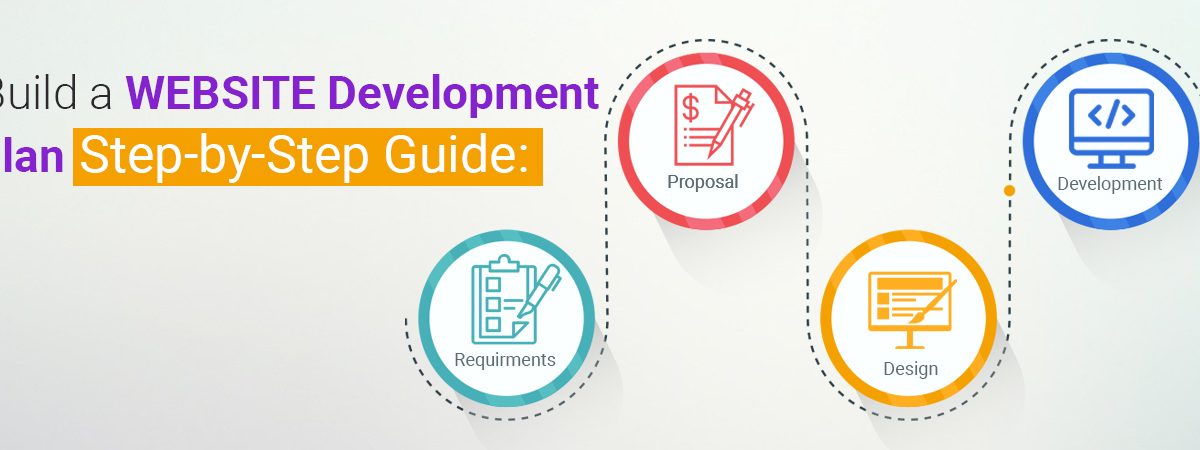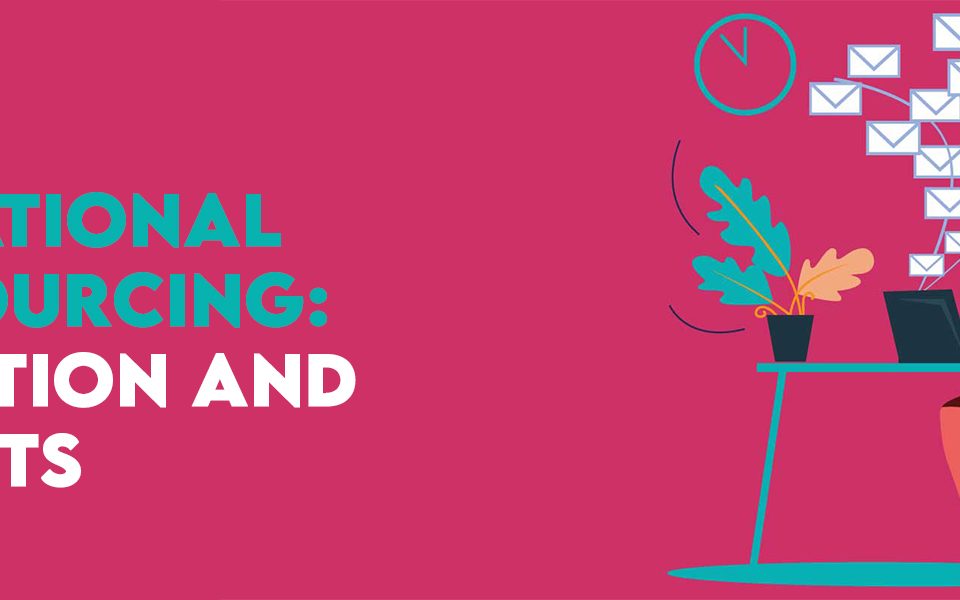
website development project plan
Creating a good website development project plan for your new website or mobile app is very important and it constitutes of series of tasks, budget, and timeline, along with a list of required resources and elementary materials. It takes a considerable amount of time to build a detailed project plan that highlights a structure within which you can effectively work with greater confidence and a much better option to achieve your goals concerned with budget and time.
Eventually, if you’re simply conducting brainstorming sessions to generate ideas on the back of the napkin, arising at a clear and agreed-on visualization of your destination boosts your chances of getting there on time and budget.

Let’s dive into the basic steps to build an effective website development project plan.
Website Development Project Plan |
|---|
Step 1: Define Goals and Objective of Your Site
The foremost aspect of every site is to devise a project plan that refers to determining the overall goals and objectives of the web development project. This is considered as one of the most essential stages of the entire project.
Step 2: Determine Project Scope
The next stage of the website development project plan includes determining the project scope. Drafting a well-defined scope of the project will assist you to ensure that the website project completes the given time duration and within a particular budget. The precise way to outline the scope of the project can be illustrated via the Gantt chart.
Get responsive website for your business now.
Step 3: Properly Organize Your Content
Content Creation is an essential ingredient of every website, to establish complete website development project plan, content development speaks all about the relevant stuff required to create a website. Our skilled content creators write compelling content and provide website copywriting for tech savvies and niche-specific target audience.
Step 4: Devise a Task List
Always visualize what you supposed to do at every phase of creating a well-defined website development project plan, and then you’ll need to divide your task that needs to be accomplished. Always remember that tasks are solely dependent on the finalization of a previous sprint. The task list will help you to estimate the time duration of your project and the resources needed to complete the project.
Step 5: Make a Timeline
By using the task list from the previous step, it will take a considerable amount of time estimates to complete each task. Always keep in mind that the website development project plan is hassle-free, you need to allow a reasonable amount of time for unanticipated problems, including a site-rendering technology that takes a longer time duration. You must set a timeline that helps you to guide the entire process and allows you to change plans when needed.
Step 6: Budget Estimation
Not unpredictably, the bigger and more complex your site is the more revenue will be generated. This depicts that you must be aware of the current market trends, pricing packages and then estimates your budget and resources needed for the overall website development life cycle from initiation to completion.
We recently published Beginners Guide: 6 Phases of Website Development Process?
Step 7: Make a Team
Every resource may not have all the skill set or time to do all the things that are needed to be done at a particular timeframe.
Here are some of the common roles you will need:
-
Project Manager:
Every company requires a project manager for controlling, managing and staffing of the project stakeholders. This resource is liable to act as a middleware between external and internal authorities.
-
Web Designer:
Based on the project scale, beside a graphic designer, you may also need as a team of UI/UX designers, and interaction designers.
-
Client & Server Side Developers:
If you are intending to build a responsive site, you will need to developer skilled in the programming languages such as PHP or JavaScript to handle the complete server-side code. You will also need a UI Developer to create interactive designs that function effectively on mobile platforms.
-
Database Administrator:
You will also need a database administrator that will analyze the complexity of the site, and then integrates and maintains a database of your site.
You just don’t need to dive in-depth about every step, but you must keep these steps in mind to put your efforts and focus on the entire website development project plan. Get in touch with us to know more about the website development process.



